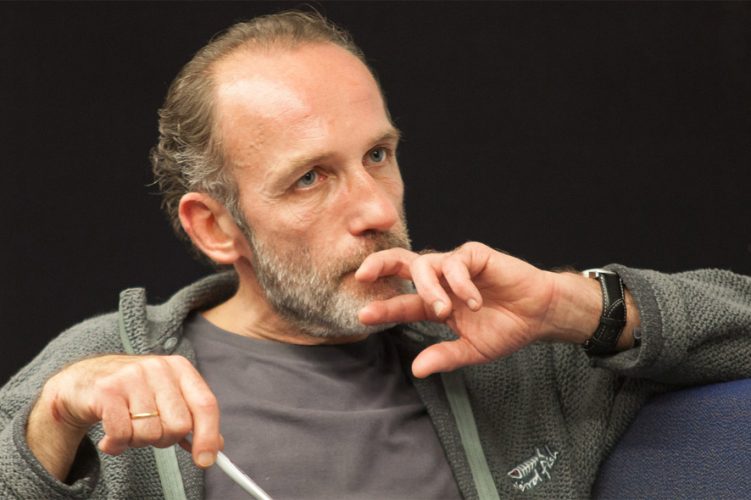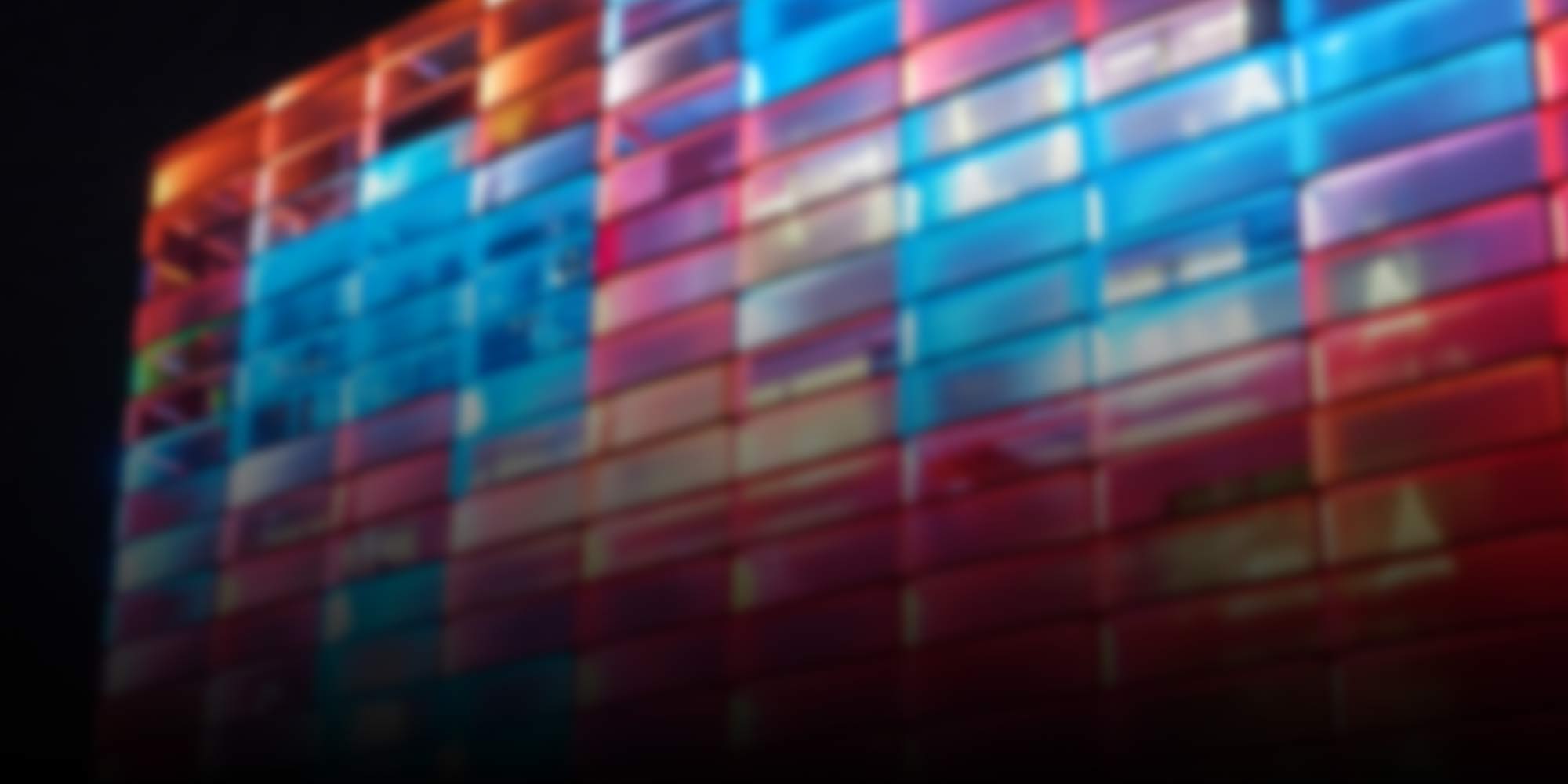
2016
-

MAXON: “Creativity engenders visual trends”
MAXON, a Germany-based software developer, has been creating 3-D graphic tools since the mid-1980s. Cinema 4D is one of them. In association with Maxon, the Ars Electronica Animation Festival will showcase prizewinning works of computer animation in September 2016.
-
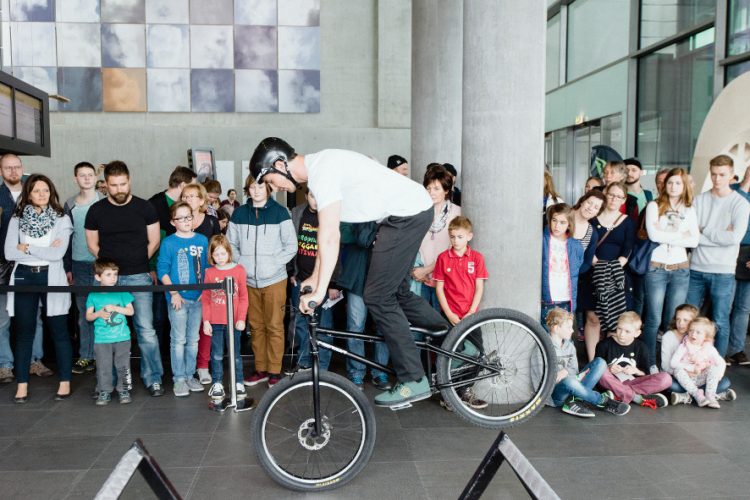
Bike Visions at Ars Electronica Center
On Saturday April 23 and Sunday April 24, 2016 everything was about cycling at the Ars Electronica Center – in its various forms: From trials biking, to a honeymoon with the bike, up to a bike trip on the Cape Verde Islands. Dominik Raab ranks among the big stars of the international trials biking scene…
-

Lea and Jakob have robots in their blood
Nanoparticles have become an essential part in the food chain as they provide better fluid properties, color and preservation. Science classifies them at least as critical. In contrast, nanomachines, or so-called nanobots are applied in the cure of cancer. In the course of the third SPARKS-residency at the Ars Electronica Futurelab, Jakob and Lea Illera…
-

Fear of the “Onslaught”
Reading postings on the “refugee crisis” by friends on “social” media sites like Facebook reveals the propagation of base prejudices as well as numbing euphemisms, empathy and posturing alike. Simon Hadler, a journalist with the ORF–Austrian Broadcasting Company, talked to us about the public debates on refugees and asylum-seekers. He’ll go into this topic in…
-

2016 Prix Ars Electronica: Days of Decision
20 international experts convened in Linz April 7-10, 2016 to single out outstanding works of media art for recognition in four categories and to bestow Golden Nicas on the four best. We accompanied the four juries over the course of this long and very productive weekend.
-
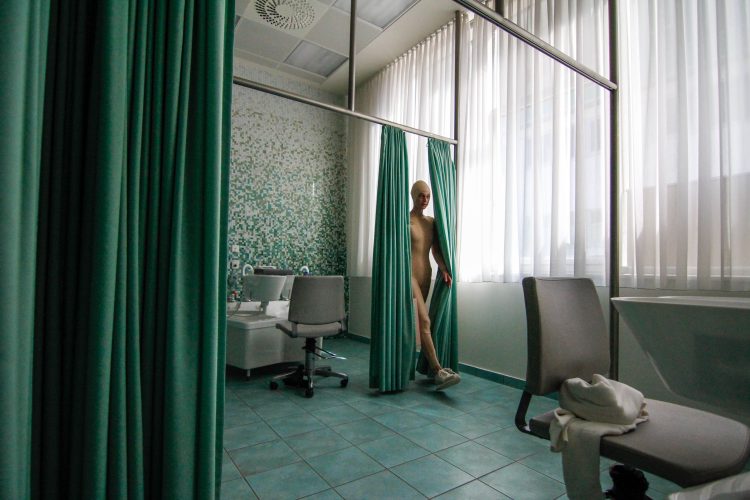
The Institute of Isolation: Pushing the limits as a Cure
The artist and second SPARKS-resident, Lucy McRae, is a representative of the genre Science Fiction. She came to Linz in order to shoot scenes for her film-project which is her approach to the topic of “Responsible Research and Innovation” – the research objective of the SPARKS-program. Compared to her predecessor, Anouk Wipprecht, who built a…
-
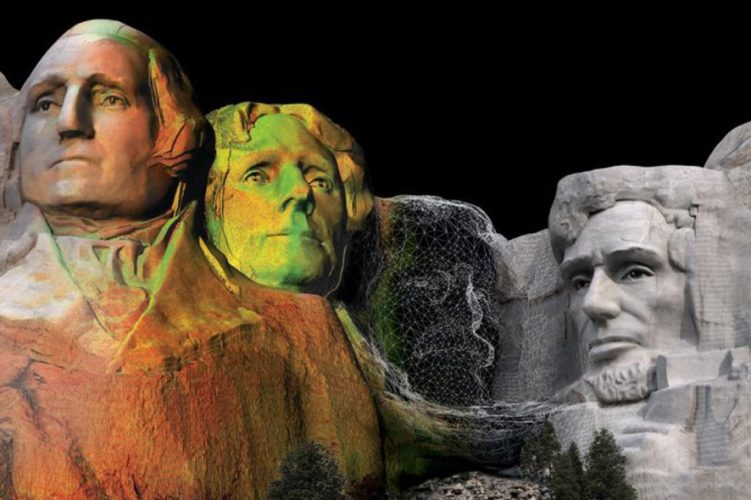
CyArk: Cultural Heritage as Virtual Experience
Groups of visitors to the Ars Electronica Center can take a joint virtual tour of some of the world’s most important cultural heritage sites courtesy of the 3-D content provided by CyArk now being screened in Deep Space 8K. Elizabeth Lee, vice-president of the international non-profit organization, talked to us about the possibilities that this…
-
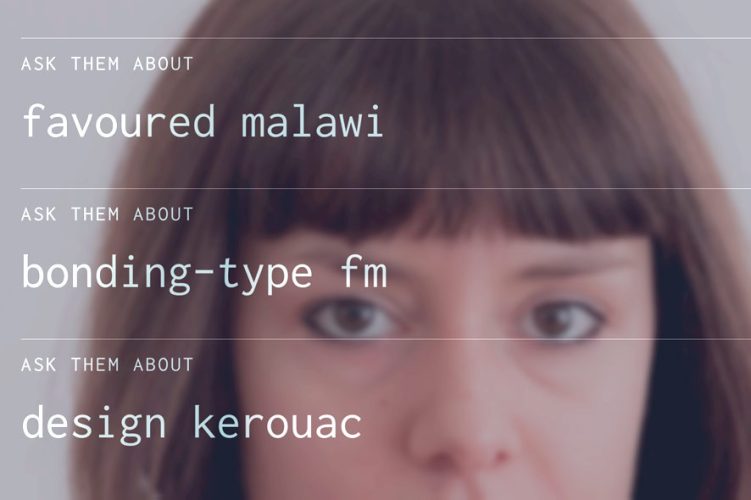
False Positive: How exact is digital profiling?
The idea of tycoons and governmental institutions being able to know more about us than ourselves by tracing our internet behavior, is a rather frightening one. But in reality, they know less than we think – that point has been proven by Mark Shepard, Julian Oliver and Moritz Stefaner with their project “False Positive” which…
-
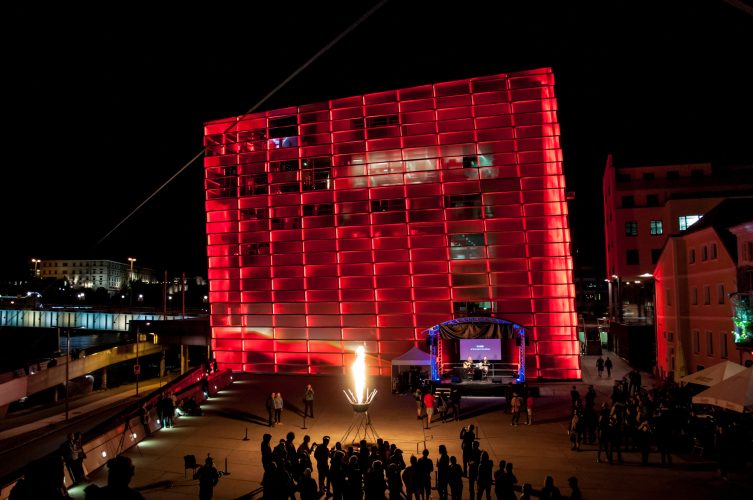
Flame: Fiery Encounter in the Sign of Power
With last year’s topic of the EU project „Connecting Cities“, the focus was on making the invisible visible. In the course of the 2015 edition of the Ars Electronica Festival, the subject-matter “In/Visible City“ was impressively staged via a media installation called “Flame” by the artists Tamer Aslan and Onur Sönmez. With this interview, you…
-
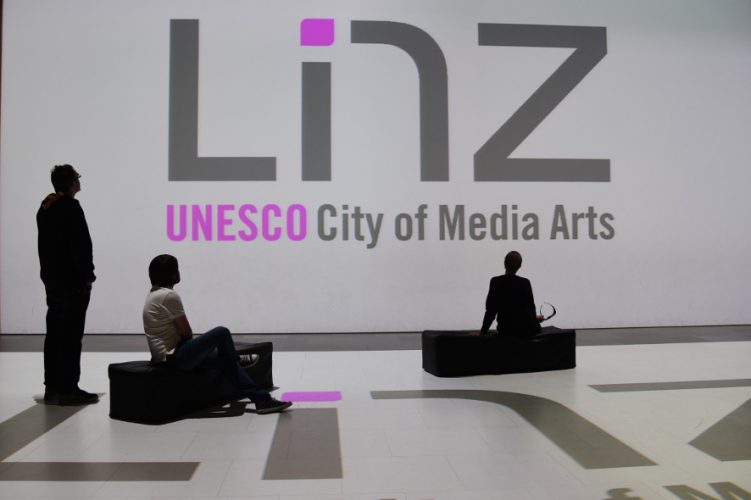
Why Linz was elected as UNESCO City of Media Arts
As the birthplace of Ars Electronica, Linz has been one of the world’s trailblazers at the interface of emerging technology, art and society for decades now. On December 1, 2014, UNESCO recognized these pioneering achievements by bestowing a great honor on Upper Austria’s capital: induction into the Creative Cities Network. Since then, Linz has been…
-
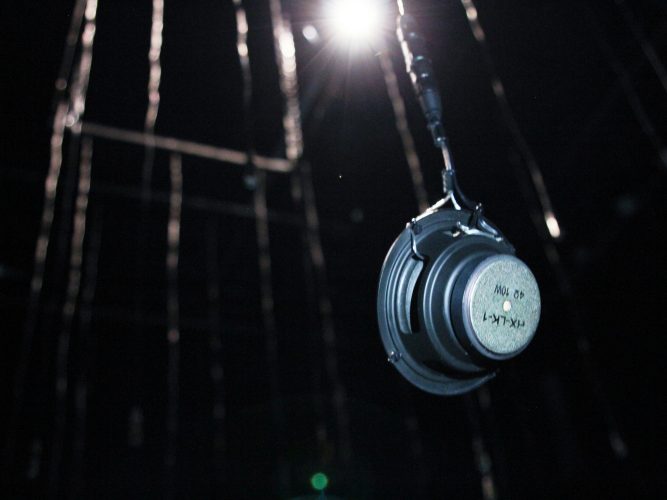
TIME OUT .05 – An Unreadable Text and a Design-It-Yourself Soundscape
Works by four undergrads in Linz Art University’s Time-based and Interactive Media program have been on display in the TIME OUT .05 exhibition at the Ars Electronica Center since March 16th. Two of the featured artists are Elisabeth Prast and Fabian Erblehner.
-

William Binney: “I would disconnect everything”
Does safeguarding our security really necessitate totally sacrificing our right to privacy and allowing government watchdogs to have access to all of our information? William Binney, former tech director at the US’s National Security Agency (NSA), sketches a possible alternative and issues a warning about the use of social media and clouds.
-
![[inter]national coverage – How international are media reports really?](https://ars.electronica.art/aeblog/files/2016/03/internationalcoverage_him-751x500.jpg)
[inter]national coverage – How international are media reports really?
TIME OUT.05 opens Wednesday, March 16, 2016 at 6:30 PM in the Ars Electronica Center. One of the students whose works are being showcased in the 5th exhibition in this series is Benedikt Reiter.
-
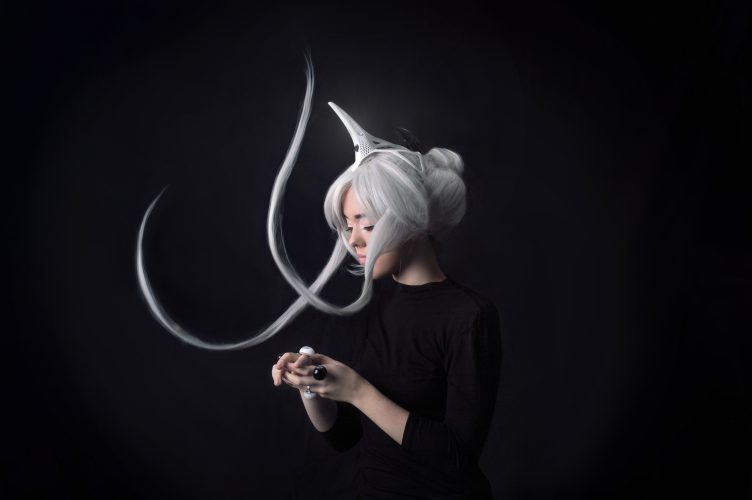
Agent Unicorn – The first SPARKS Residency Wearable by Anouk Wipprecht
The well-known Fashion-Tech Designer has worked the communication aspects of her apparel into an unicorn-shaped headset. During her stay at Futurelab she teamed up with a team of Neuroscientists and experts, creating an accessory that logs the wearer’s observations through EEG.
-
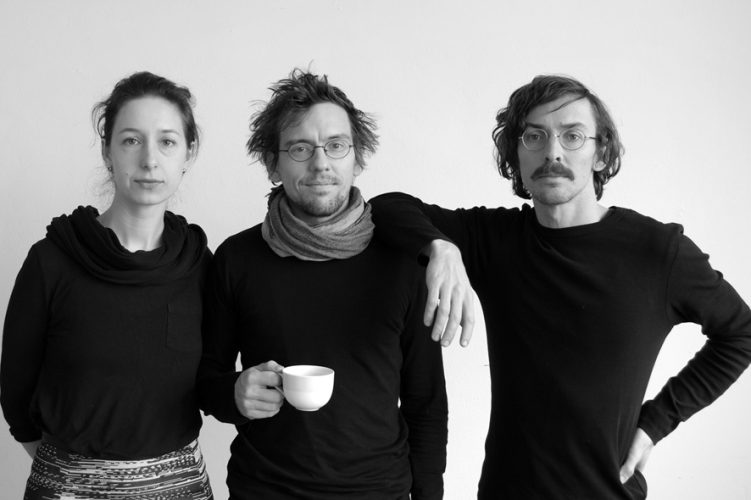
Quadrature: “We feel a bit like explorers ourselves”
And indeed, their concept was a great discovery for the jurors too. Under the aegis of the European Digital Art & Science Network, an artists’ collective named Quadrature will spend several weeks at the European Southern Observatory (ESO) in Chile and then at the Ars Electronica Futurelab, and present the results of their work at…
-

„Ceramic pour printing“ – a new method for 3D printing
The fifth edition of the TIME OUT exhibition opens at the Ars Electronica Center on Wednesday, March 16, 2016, 6:30 PM. This show staged in cooperation with Linz Art University showcases outstanding media art projects by undergrads in the school’s Time-based and Interactive Media program. One of the four students participating in TIME OUT .05…
-

The Essential Challenge of Interactive Art
What does interactive actually mean? We touch something and then experience the upshot of that act? Or does interactivity already come about when we view an image? Victoria Vesna, a 2016 Prix Ars Electronica juror, talked to us about defining interactive art, and elaborated on something she learned about it from media artist Roy Ascott.
-
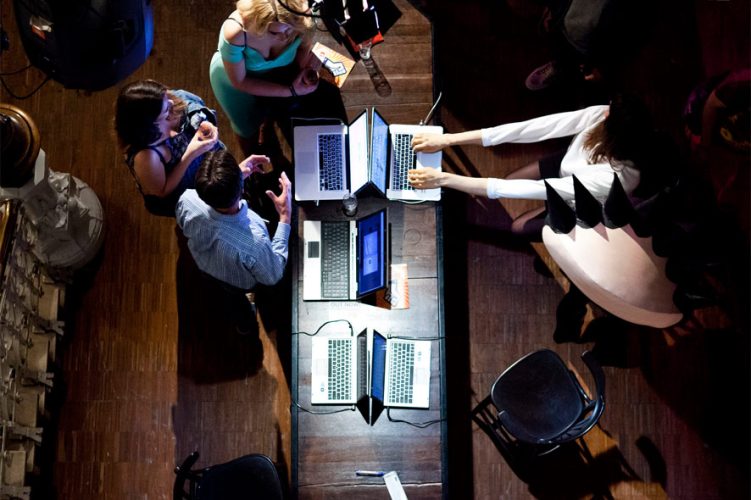
Networking, do it the right way
By the time we set up our own Facebook account—by then, at the very latest—many of us are very much aware of the advantages and disadvantages inherent in our digital coexistence. Marleen Stikker founded her first Digital City all the way back in 1994. Now she’s one of the five Prix Ars Electronica jurors who…
-

“Animation is like cooking”
You need to know how to balance the flavours. Mari-Liis Rebane, a juror in the 2016 Prix Ars Electronica’s Computer Animation / Film / VFX category, recently talked to us about the ingredients that go into an animated film that makes for tasty viewing.
-
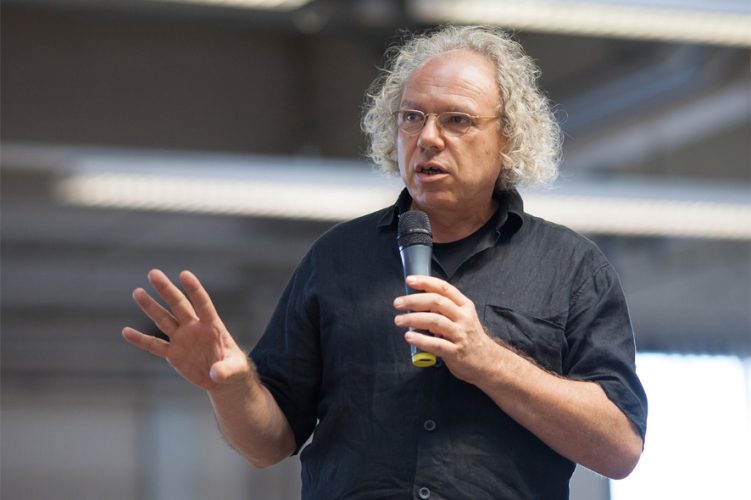
“Nurture contrarians rather than mainstream thinking”
March 13, 2016 is the deadline for entries to Ars Electronica’s search conducted under the auspices of the European Commission for innovative projects at the nexus of science, technology and art. Alexander Mankowsky, a futurist on the staff of Daimler AG and a STARTS juror, recently talked to us about the trailblazing role of art…
-

A Large Window to the Unknown
Night after night, the European Southern Observatory’s huge telescopes in Chile peer deeply into the unknown expanses of the universe. Fernando Comerón, the ESO’s on-site chief-of-staff, recently talked to us about possible ways in which art and science can engage in mutual inspiration at these locations and what this postulated ninth planet in our solar…
-
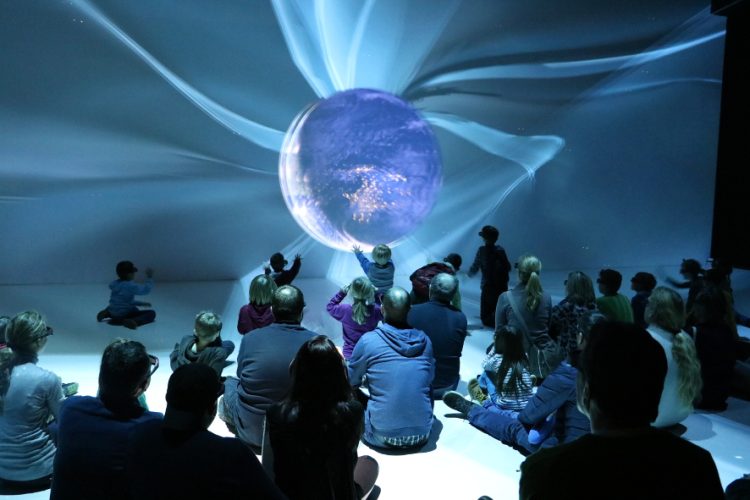
A Weekend Outing in Outer Space
The Uniview visualization software used in Deep Space at the Ars Electronica Center takes visitors on interactive 3-D flights through the entire known universe in breathtaking images. Never-before-seen dimensions of outer space make up the itinerary of this mind-blowing trip.
-

Ravel meets the Ars Electronica Futurelab at the L.A. Phil
Legendary concert halls like the Disney Hall of the L.A. Phil are famous for their forwardthinking events. Fittingly, the Ars Electronica Futurelab was invited to visualize Maurice Ravel’s famous cycle of fairytales, “Mother Goose” on three consecutive nights between the 12th and the 14th of February.
-
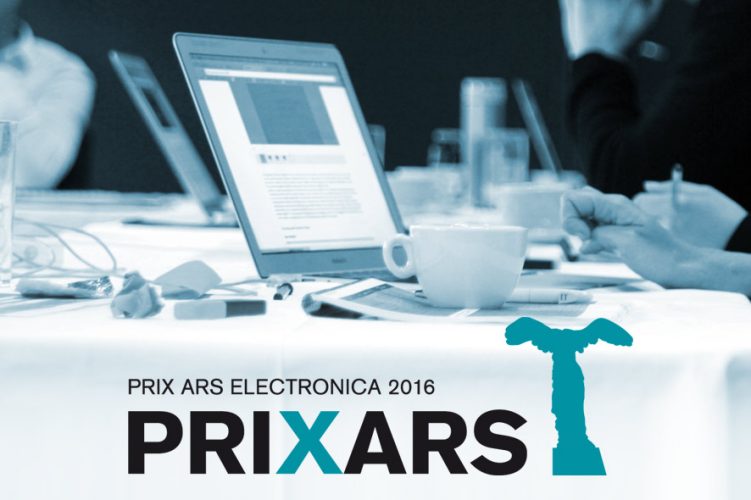
Prix Ars Electronica: The 2016 Juries
Who selects the recipients of the Golden Nicas to be awarded by the Prix Ars Electronica in 2016? We hereby present the jurors who’ll be convening in Linz just a few weeks from now to deliberate on these matters.
-
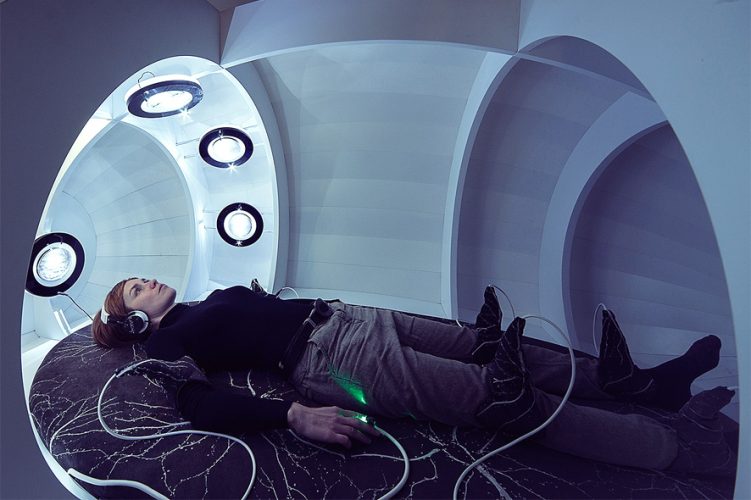
STARTS Prize: New Prospects Are Emerging
Two €20,000 prizes honoring innovative projects at the nexus of science, technology and art! What’s this very generously endowed competition all about, and what’s the European Commission’s take on the increasing digitization of our world? We recently had a chance to chat with the initiator of the STARTS program, Ralph Dum.
-

Deep Space LIVE: Anatomy for Everybody – Travel Medicine
Dr. Martin Haditsch, a specialist in tropical & travel medicine talks about his presentation together with Dr. Franz Fellner at Deep Space LIVE: Anatomy for Everybody – Travel Medicine on Thursday, February 11, 2016 at 8 PM.
